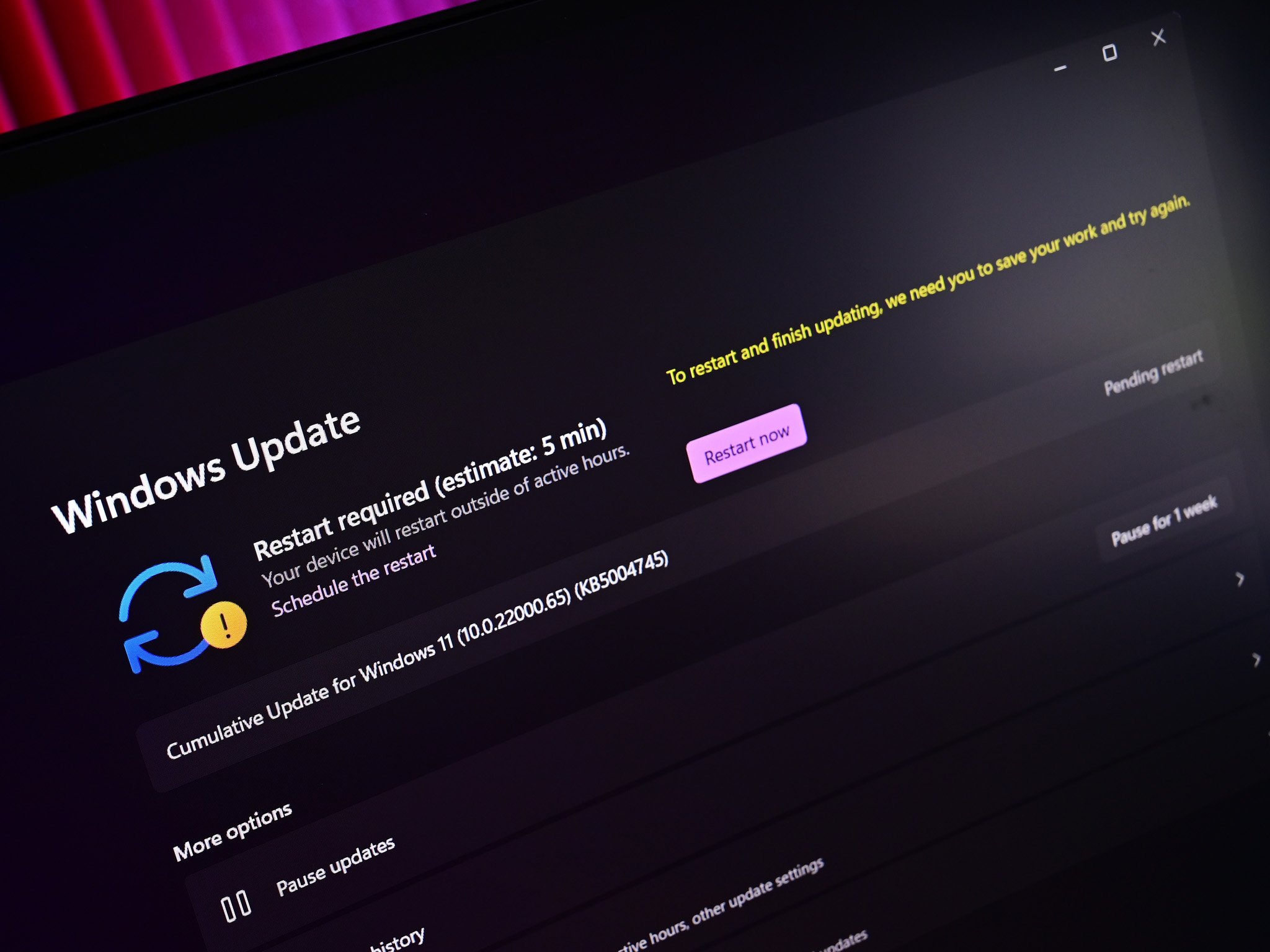Microsoft confirms new update cadence for Windows 11 with frequent feature drops going forward
New features will roll out to users more often starting next month.

Microsoft has today confirmed that it intends to begin updating Windows 11 on a more frequent basis with new features and enhancements outside of major versions of the OS. While the company remains committed to the yearly “feature update” in the fall, Microsoft now intends to ship new features “when ready” instead of waiting for the annual feature update.
This is quite the departure from how Microsoft originally announced it was going to update Windows 11, with a standalone major release of the OS every fall. Now, new features can show up throughout the year whenever Microsoft deems them ready to ship, making the annual feature update much less of a major event.
The company says that new features will be delivered via the Store and servicing, rolled into monthly security updates which means most users will get the new features automatically. Microsoft does say that enterprises will have some control over this, with a universal group policy that can be configured which will enable or disable all new features added to version 22H2 over the next year.
The first feature drop will begin rolling out in October, and will include tabs in File Explorer, Suggested Actions, an updated Taskbar overflow UI, and a new photos app experience. While Microsoft isn’t committed to a specific schedule for feature drops, my sources tell me the next feature drop (known as Moment updates internally) is scheduled for February-March 2023.
I had reported in July that Microsoft was moving to a new engineering schedule, which would see the company return to a more traditional three-year development cycle for major versions of the Windows client. Microsoft refused to comment on such plans but did reiterate that it intends to continue shipping Windows 11 “feature updates” annually in the fall.
This means that Windows 11 will get a “version 23H2” next year, but based on my earlier reporting, this is unlikely to be built on a new version of the Windows client like version 22H2 is. It should include all the features added to version 22H2 over the prior year enabled by default, as well as additional new features specific to the annual release.
The annual update will also continue reset the support lifecycle clock and act as a jumping on point for users and OEMs who need updated OS images to load onto hardware. Microsoft says the annual release will continue ship with 24 months of support for consumers, and 36 months for enterprises.
All the latest news, reviews, and guides for Windows and Xbox diehards.
I’m told Microsoft is currently in early planning and engineering stages for the next major version of the Windows client, which is currently targeting a 2024 shipping window. It’s unknown at this time if the 2024 release will be a Windows 11 product update, or a new Windows product release.
Overall, these changes to the update cadence for Windows 11 are significant. It means users will get access to new features on a more regular basis, instead of having to wait for the annual feature update. It also enables Microsoft to return to a more traditional three-year development cycle for major versions of the Windows client going forward, though the company isn’t publicly acknowledging that aspect just yet.

